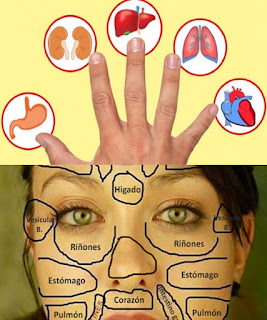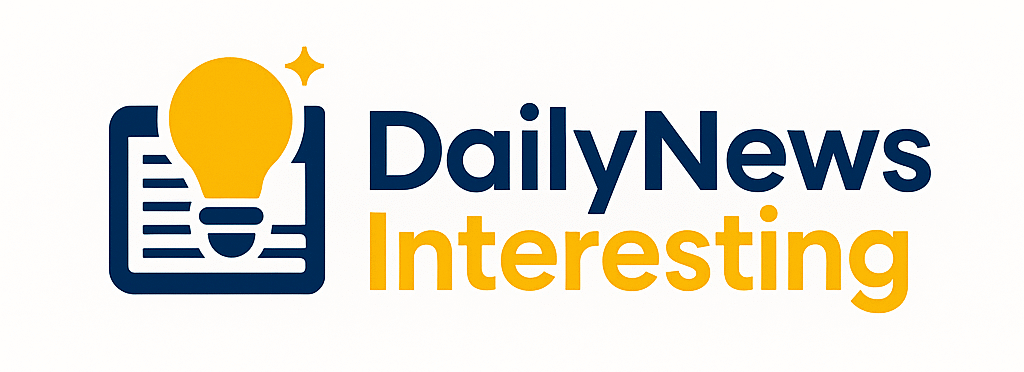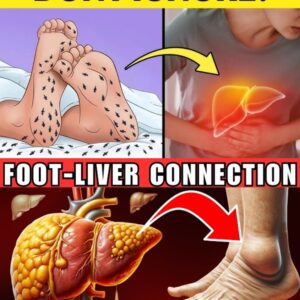Your face and fingers aren’t just expressions of emotion or tools for movement — they’re subtle maps of your inner body.
Through the ancient wisdom of facial and finger reflexology, we can detect early signs of imbalance in our organs and support healing using gentle, natural methods.

In this article, discover how reflexology works, what signs to look for, and how you can start applying it today as part of your holistic self-care routine.
What Is Reflexology?
Reflexology is a natural healing technique rooted in traditional medicine. It’s based on the belief that specific pressure points in the body correspond to internal organs and systems. By stimulating these reflex zones—commonly found in the feet, hands, ears, and face—we can help clear energy blockages, promote circulation, reduce stress, and improve overall wellness.
Facial and finger reflexology specifically focus on two highly sensitive areas where nerve endings and energy pathways are close to the surface. These areas are often the first to reflect signs of internal imbalance, such as puffiness, breakouts, discoloration, or tenderness.
How Facial & Finger Reflexology Works
First, become aware of any patterns or changes in your face or fingers — for example, recurring tension in your jaw, dark circles under your eyes, or soreness in your fingertips. These are not just cosmetic issues; they may reflect what’s happening deeper inside.
Next, identify the reflex points related to those areas. For instance:
- The space between your eyebrows can reflect liver function.
- The cheeks correspond to the lungs.
- Fingertips often link to the brain and head region.
Then, gently press and massage these zones using circular motions or tapping. Start with 30 seconds per point, adjusting based on your comfort level. Be mindful of how your body reacts — sometimes you’ll notice immediate relief or clarity.
After that, enhance your practice with natural remedies:
- Apply diluted essential oils (like lavender, peppermint, or frankincense) to the points.
- Use a warm compress or jade roller to relax the area.
- Practice deep breathing to activate your parasympathetic nervous system.
Finally, stay consistent. Reflexology works best as a weekly or even daily practice. Over time, you may notice better digestion, reduced stress, improved sleep, and even emotional release.
Benefits of Facial and Finger Reflexology
- Boosts circulation and skin glow
- Supports immune function and detox pathways
- Relieves tension and headaches
- Promotes better sleep and mental clarity
- Helps identify hidden health imbalances early
- Safe, non-invasive, and can be done at home
Conclusion
Facial and finger reflexology isn’t just a wellness trend — it’s a timeless practice that invites us to reconnect with our body’s natural rhythms. Whether you’re looking for relief from daily stress or want to take a more intuitive approach to your health, this gentle technique empowers you to tune in and take action. Take five minutes a day to pause, press, and listen — your body is always speaking.






